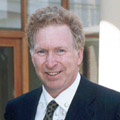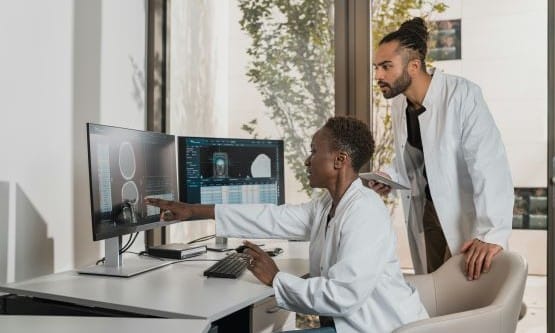Meet the suppliers: Intersystems
- 30 March 2006
 Linda Davidson
Linda Davidson
We’ve all heard leaders in the big technology corporations say that health has much the same problems as any other industry and that it just needs to get its act together and apply what aviation/retail/banking (delete as appropriate) has done. Terry Ragon, founder of InterSystems, isn’t one of them.
Interviewed at Healthcare Computing during a flying visit to the UK, he told E-Health Insider: “I think people radically underestimate the level of complexity of healthcare applications. We deal with lots of verticals and there’s no vertical with the complexity of the applications in heathcare.
"People who approach this with traditional strategies and software technologies fail because they underestimate the techniques [needed in] a highly sophisticated environment, but it can be done, it is done. I just wish we could see it done more successfully all over the world."
Ragon’s solution lies in providing healthcare organisations with "rich integration services to connect to a rich variety of systems."
He explains how InterSystems arrived at this approach. "Around 2000 there was a watershed moment in IT. Back in the 90s there was a desire to have a single integrated system enterprise wide – one single database that the entire enterprise runs on – and it just didn’t happen. Everywhere I went in the years following, they’d spent so much on it and it didn’t really happen – but they’d spent too much to call it a failure!
"They said, ‘We’re stuck, we have to continue using these old systems….yet we still need to move forward, how do we do that?’ We used that as the theoretical base for building Ensemble [InterSystems integration system launched in 2003]."
Bird’s-eye view
Ragon has an engaging way of threading what customers tell him into his comments. The interview rapidly develops a lot of quotes within quotes. "The hospitals say, ‘I have a lab system and I love it, I have a radiology system and I love it – what I don’t have is an overall view of the patient – a single unified view. I don’t want to have to switch between lab and radiology and everything else.’"
His message is that you can keep your lab system and layer on top of it rather than strip it out and try to construct a single system for a complex organisation.
"These projects get started and they never get finished because they are too painful," he said.
He concedes there’s a case for going for the single common system on greenfield sites but says there are very few such instances in regions such as Western Europe.
InterSystems’ director of healthcare business development, Phil Birchall, points out that new hospitals in countries like the UK generally replace one, two or even three old buildings and their multiple systems have to be moved over along with all the staff and patients.
In addition, health policy is pointing towards greater plurality of care provision inside and outside hospitals.
“When you look at how care is going to have to be delivered in the future…it’s unlikely there will be a single solution that can deliver that,” says Birchall.
Ragon sees the same patterns globally: “Increasingly what’s happening around the world is there’s an effort to be able to link institutions together – ignoring privacy issues for the moment – the first thing you need to be able to do is interoperate with a wide range of institutions, retrieving information and forming a composite medical record.”
Examples he cites are the everyday ones that the NHS grapples with: having some reliable basic details about a person admitted in an emergency or making sure test results are available in a single record before a patient’s appointment with the doctor.
Ragon says you have to listen to the CEO and ask what the problems are. “Getting things to work together is the starting point, better workflow. A lot of systems were designed fairly statically. Once you’ve got object representation of all the functionality of the existing systems you can start to build new workflows. Integration is like going to the dentist – it’s the first step. You also need a rich programming environment where a programmer can sit down and do anything he needs to do.”
Ragon is optimistic that the NHS in England – where he reckons 400,000 people interact with InterSystems technology every day – will make the progress in IT that is needed.
“I have confidence in the level of professionalism of the clinicians; they are bright, motivated and care very deeply and they know what works for them…they will prevail.
“I think it’s a difficult journey. Any time you have big organisations you have bureaucracy. It’s not going to happen over night but ultimately the physicians will get what they want. How they will get there is unclear."




